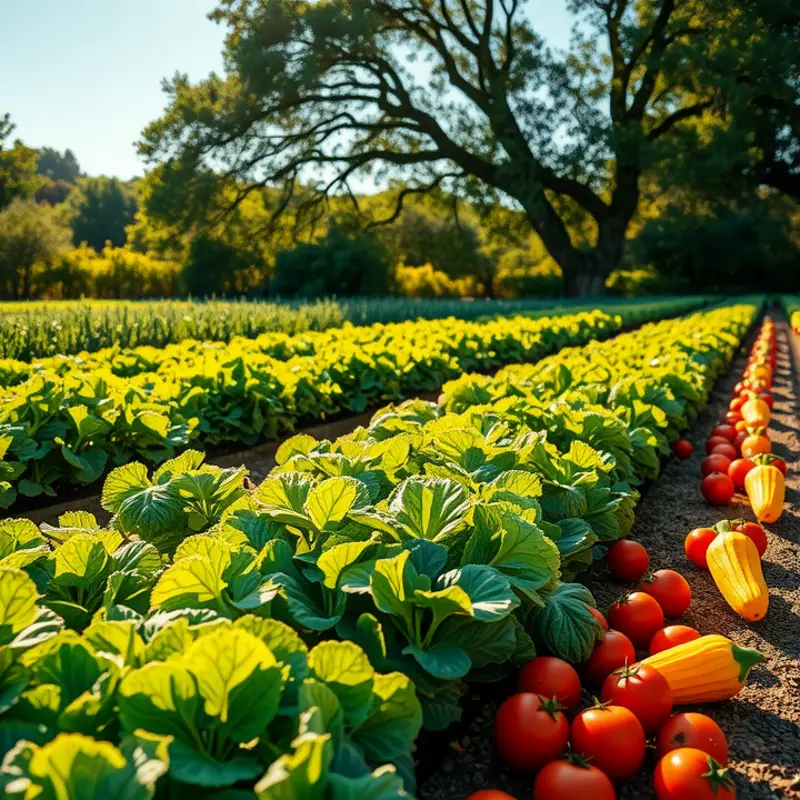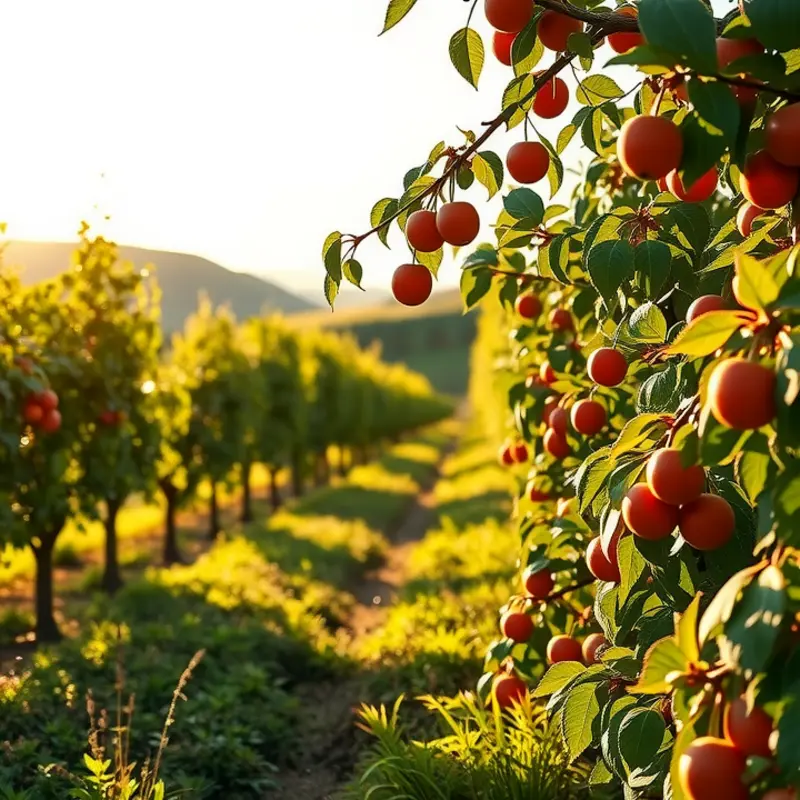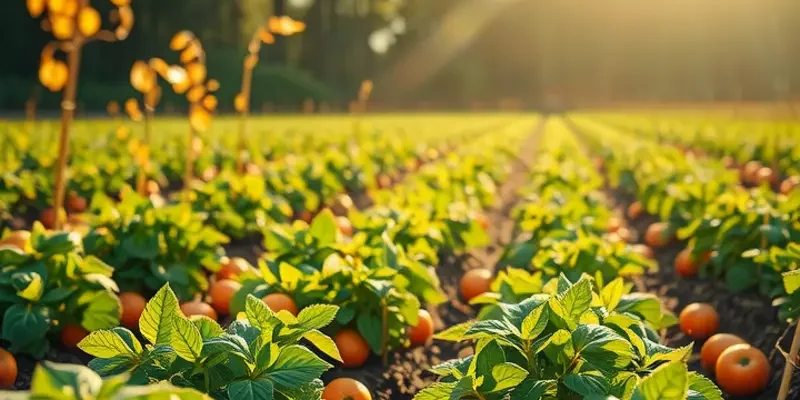Creating sustainable food habits starts right in your kitchen. By adopting smart storage techniques and impactful meal planning, you can significantly reduce food waste. This guide provides practical tips designed to help you manage your food better, ensuring you make the most of every purchase while also making a positive impact on the environment.
Mastering Food Storage to Extend Freshness

Proper food storage plays a critical role in minimizing waste and maximizing freshness. Choosing the right method can extend the life of perishable items significantly. To achieve this, understanding refrigeration techniques and efficient pantry organization is essential.
Refrigeration Methods
Not all refrigerated foods should be treated equally. For instance, storing leafy greens in the crisper drawer wrapped in a damp cloth can retain their moisture, keeping them fresh longer. It’s also beneficial to understand your fridge’s temperature zones. The back of the middle shelf typically maintains consistent temperatures and is ideal for dairy products. Contrastingly, the fridge door is the warmest, best suited for condiments.
For fruits and vegetables, separating them based on their ethylene gas release is crucial. Apples and bananas, high ethylene producers, should be isolated from other produce to prevent premature spoilage. Berries, notorious for molding quickly, should be stored with a paper towel in a well-ventilated container to absorb excess moisture.
Pantry Organization
A well-organized pantry helps reduce spoilage and echoes a sustainable lifestyle. Start by implementing a first-in, first-out (FIFO) system. This simple technique ensures that older items are used before newer ones, reducing the chance of food going out of date.
When it comes to grains and pulses, airtight containers are your best friends. Not only do they protect against pests, but they also preserve freshness by restricting moisture access. It’s wise to label these containers with purchase dates to track their freshness.
Furthermore, keep spices in a cool, dark place to preserve their potency. Sunlight and heat can degrade their flavor, reducing shelf life. Consider using stackable containers or spice racks to optimize space efficiently.
Innovative Storage Techniques
Vacuum sealing is an underrated yet highly effective storage method. By removing air, vacuum-sealed bags prevent oxidation, significantly prolonging the freshness of meats and cheeses. For those without vacuum sealers, removing as much air as possible when storing leftovers in airtight containers can mimic similar benefits.
Freezing is another efficient way to extend food life without sacrificing quality. Blanching vegetables before freezing can preserve their color and nutrients. Remember to portion items before freezing to grab only what you need, minimizing waste.
Lastly, examine your food storage habits and consider utilizing reusable storage solutions, supporting both eco-friendly practices and waste reduction. For more sustainable tips on kitchen storage, explore eco-friendly kitchen storage solutions.
By mastering these storage techniques, you can significantly reduce food waste and enjoy fresher ingredients for longer periods. This not only conserves resources but also contributes to an environmentally friendly lifestyle.
Planning Meals: A Path to Less Waste

Embarking on a journey to reduce food waste begins with effective meal planning. Integrating meal planning strategies into your routine doesn’t just cut down waste; it can also simplify your grocery shopping and enhance your culinary creativity.
Begin by setting aside time each week to plan your meals. This practice allows you to anticipate your culinary needs and align them with what you already have in your pantry. Start with listing ingredients that require immediate attention due to nearing expiration dates, and prioritize them in your meal plans. This not only prevents waste but also inspires creativity as you explore recipes.
Creating a flexible shopping list is a smart strategy in meal planning. Base your list on your planned meals, but leave room to adapt to fresh produce or unexpected discounts at the store. This adaptability helps in incorporating seasonal ingredients, which tend to be fresher and last longer. Structure your list in categories such as proteins, vegetables, and staples, which simplifies your shopping and ensures nothing important is forgotten.
Incorporate leftovers into your meal planning. Think of them not as remnants but as opportunities. A roast from Sunday can transform into a hearty Monday stew. Beyond just reheating, consider reimagining leftovers with spices or additional ingredients. You can also explore our low-waste cooking and prep strategies for more creative ideas.
Controlling portion sizes is essential in reducing potential waste. Use measurers such as cups or scales to prevent cooking excess food. Consider household appetites and cooking habits when planning portions. Sometimes, reducing the size of a cooked meal allows space for diverse sides and vegetables, balancing nutrition while reducing waste.
Batch cooking is another useful approach. Prepare meals that can be scaled up easily, allowing you to portion and store for future meals. This method not only saves time but also makes use of bulk buying without over-purchasing perishable items.
Lastly, maintain a stock and inventory system for your pantry and fridge. An organized kitchen promotes awareness of what you have, preventing duplicate purchases and ensuring ingredients are used in a timely manner. Keeping track of items and their shelf life aids in making informed decisions on future shopping and consumption.
These steps create a cycle of efficient use and replenishment of ingredients while minimizing food waste at home. As meal planning becomes second nature, the positive impact on your waste output will be tangible, contributing to a more sustainable lifestyle.
Final words
Implementing sustainable food waste habits begins with a few simple adjustments in your home management. By mastering storage techniques and engaging in thoughtful meal planning, you can not only save money but also contribute to a healthier environment. Every small step counts, and with these practical strategies, reducing food waste is within reach. Make these habits a part of your routine—your wallet and the planet will thank you.







